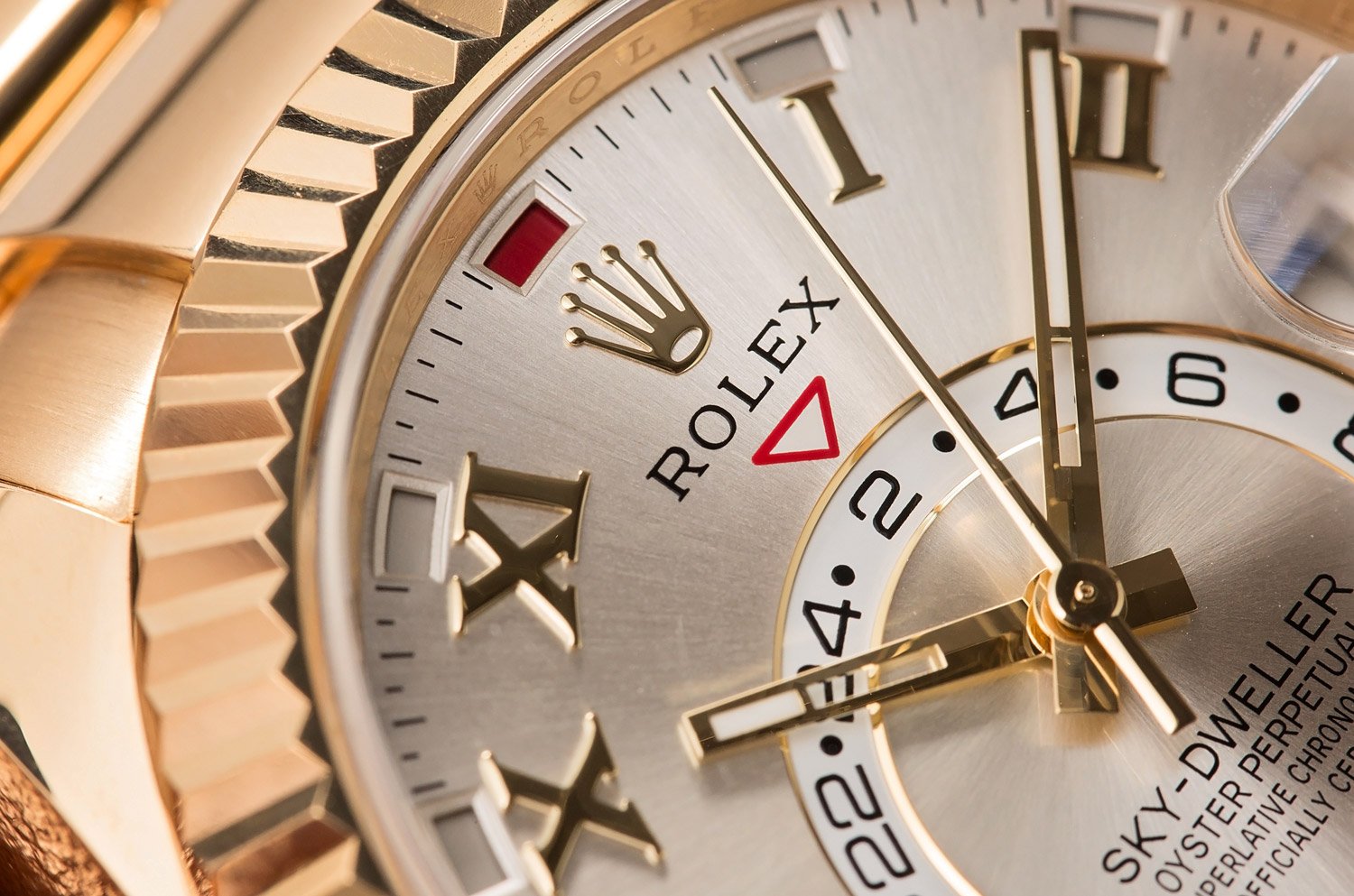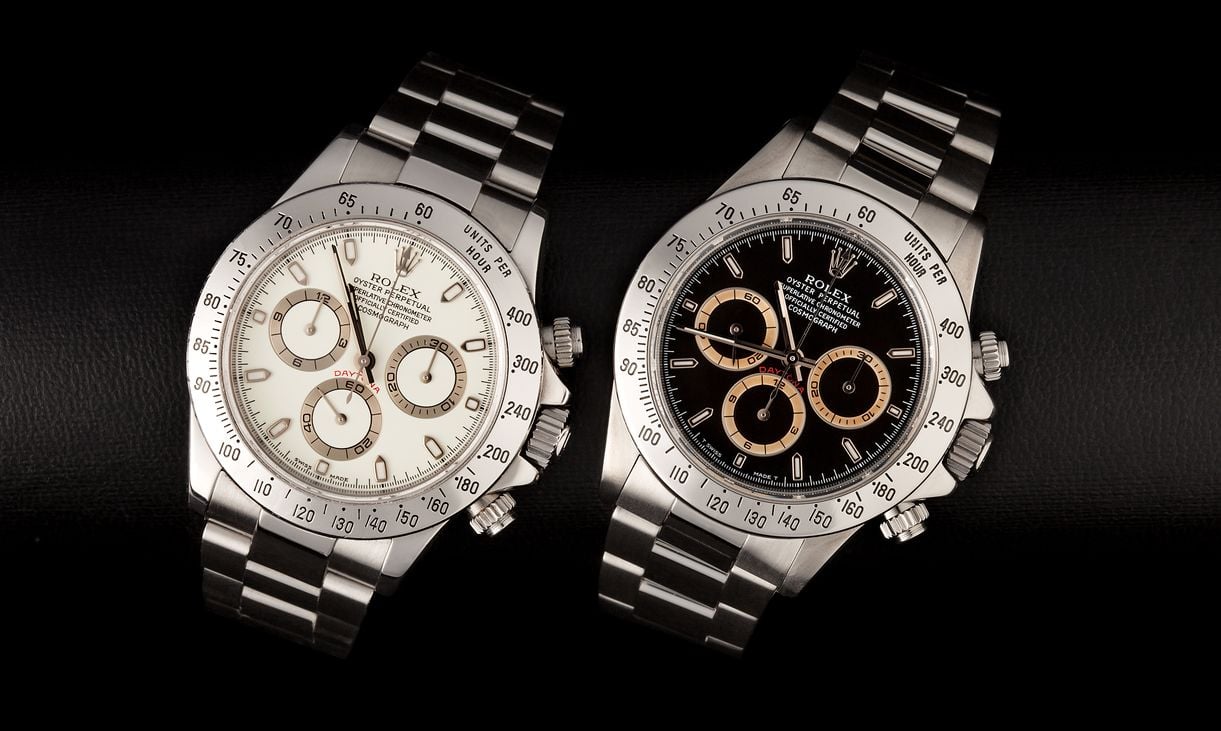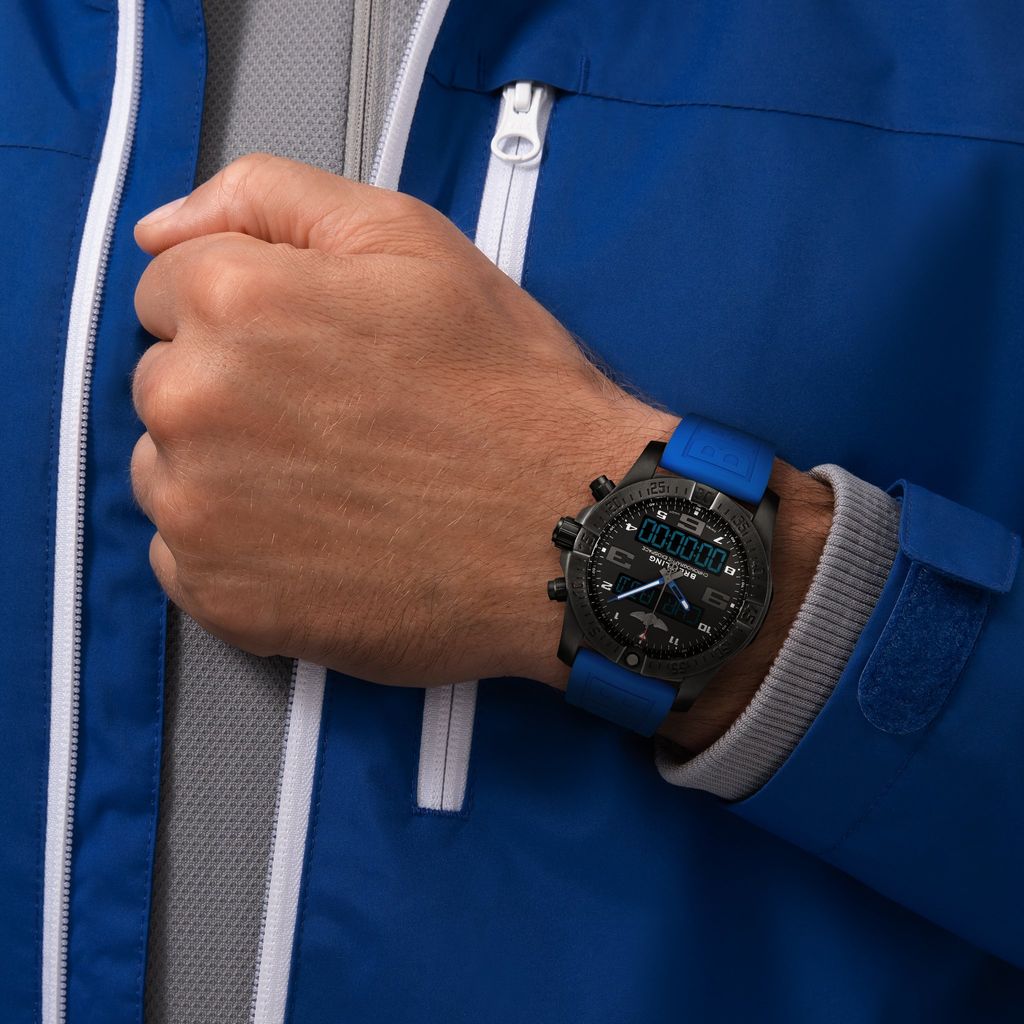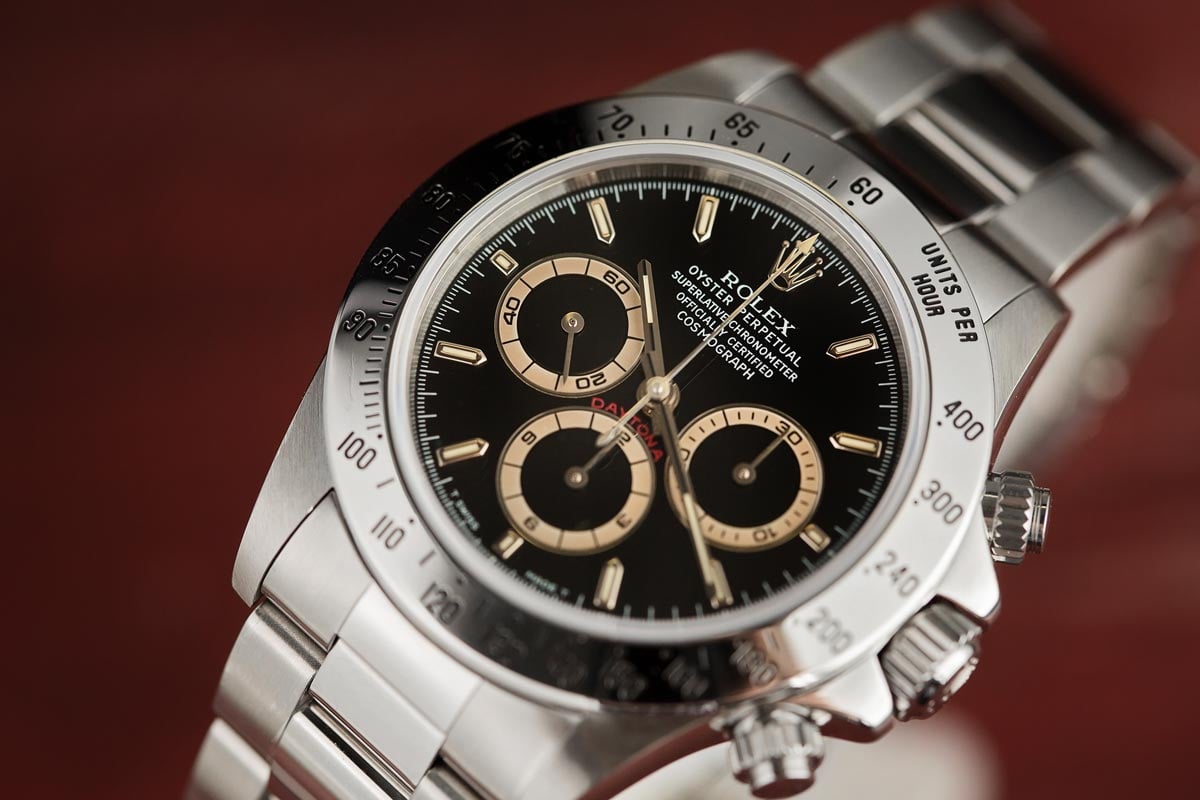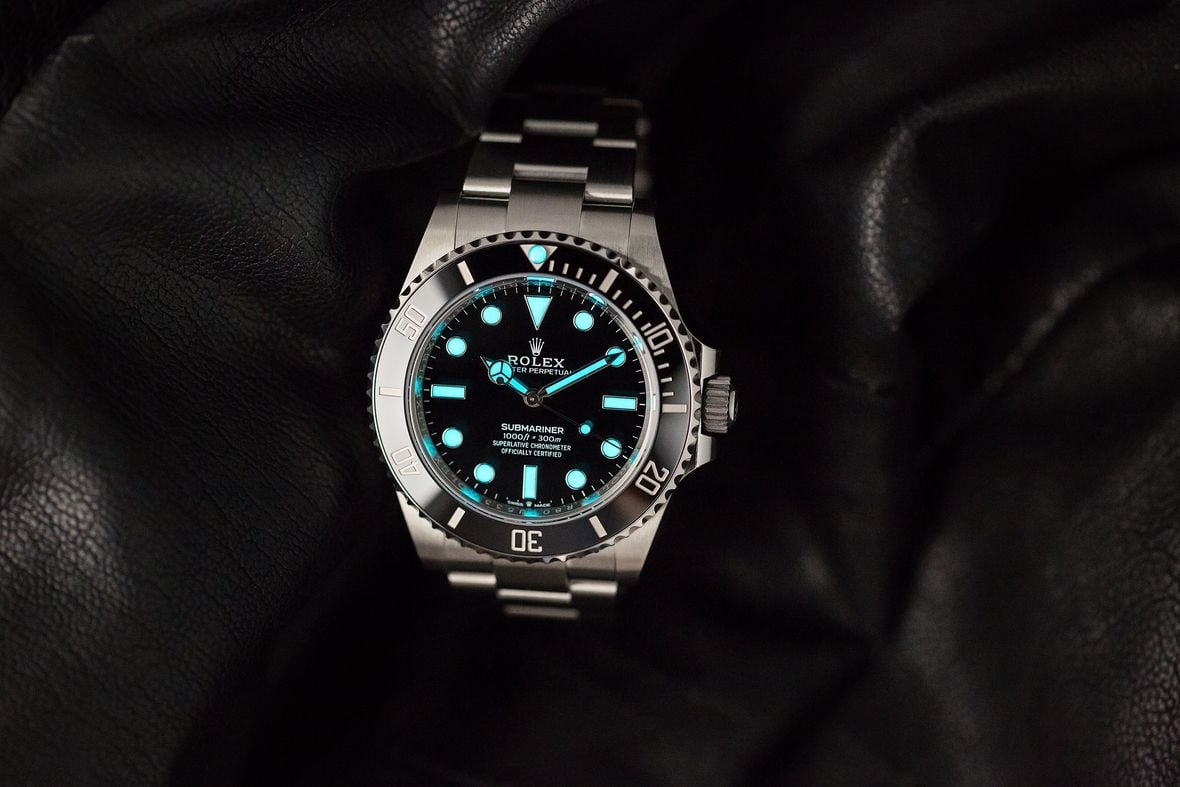Point out a bad Rolex movement – I dare you. Everything about them from their ingenuity, craftsmanship, and industry stamps-of-approval put them amongst the best in the world. But that got me thinking, what are the best, most complicated Rolex movements?
I automatically thought of the Caliber 4130 in the Rolex Daytona, which is widely considered to be one of the best mechanical chronograph movements ever created. But, I was pleasantly surprised to find a wild-card would top the list of most complicated Rolex movements, and learn that the Caliber 4130 is actually part of the footprint to Rolex’s second-most sophisticated movement. Intrigued yet? Read on.
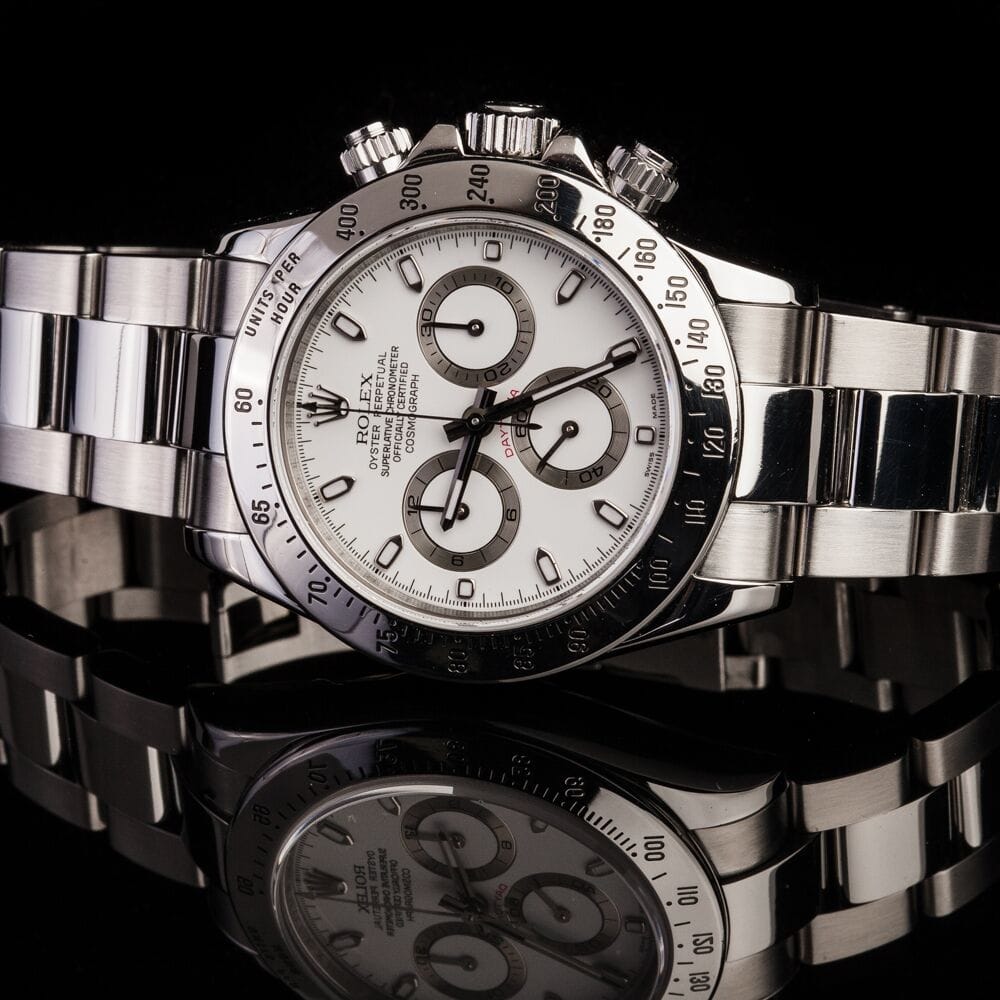
Caliber 9001 – Rolex Sky-Dweller
I was going to try and write this piece without specifically ranking the movements themselves, but there’s simply no way around it – the Caliber 9001 is the most complicated Rolex movement ever produced. Period. This might come as a surprise, as the Sky-Dweller itself tends to fly under the radar. But anyone who knows and loves this model will proudly tout all its complications for you if you ask – it does hold more than a dozen patents, after all.
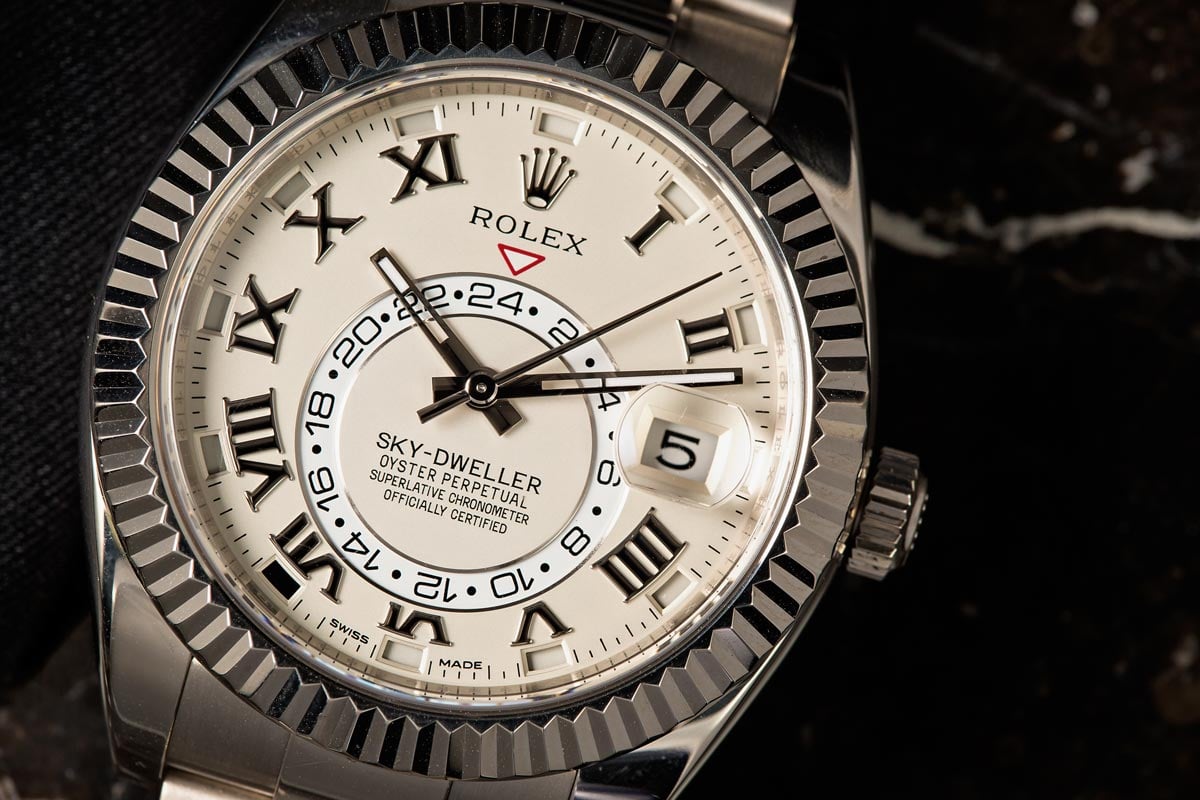
So what makes it so special? Well for one, the Caliber 9001 can keep track of two time zones simultaneously. Home time is displayed on the off-center 24-hour disc, while the traditional hands hour markers display the secondary local time zone. The Caliber 9001 also packs an annual calendar complication that only requires resetting once per year, and keeps track of both the date and the month – even distinguishing between the months with 30 and 31 days.
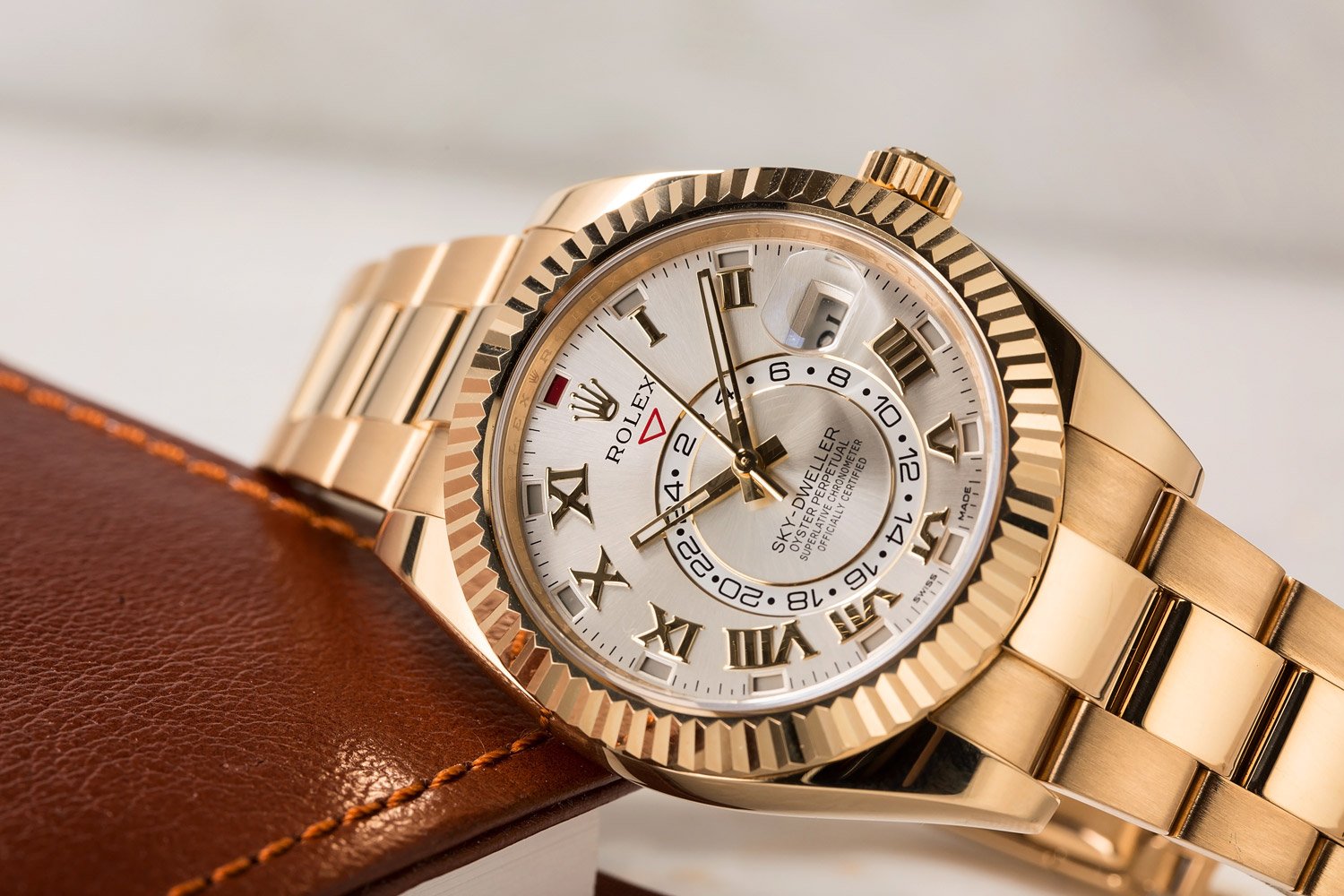
Another major feature that helps the Caliber 9001 claim the top spot on our list of the most complicated Rolex movements (which we’ll also see in the Yacht-Master below) is the 60-component Ring Command bezel assembly that links the outer bezel of the which to the internal movement. This allows the wearer to simply turn the bezel to select which complication of the movement they want to adjust with the crown, significantly simplifying the user experience.
Caliber 4161 – Yacht-Master II
Then there’s the self-winding Caliber 4161 that ticks inside the Yacht-Master II. Those with an astute memory may think caliber number looks familiar, and you’re right. The Caliber 4161 is actually based on the Caliber 4130 from the famous Daytona. When you think about it, it really makes sense. Both the Daytona and the Yacht-Master II are chronographs and both movements share important features like the blue Parachrom hairspring which offers better switch resistance and a whopping 72-hour power reserve.
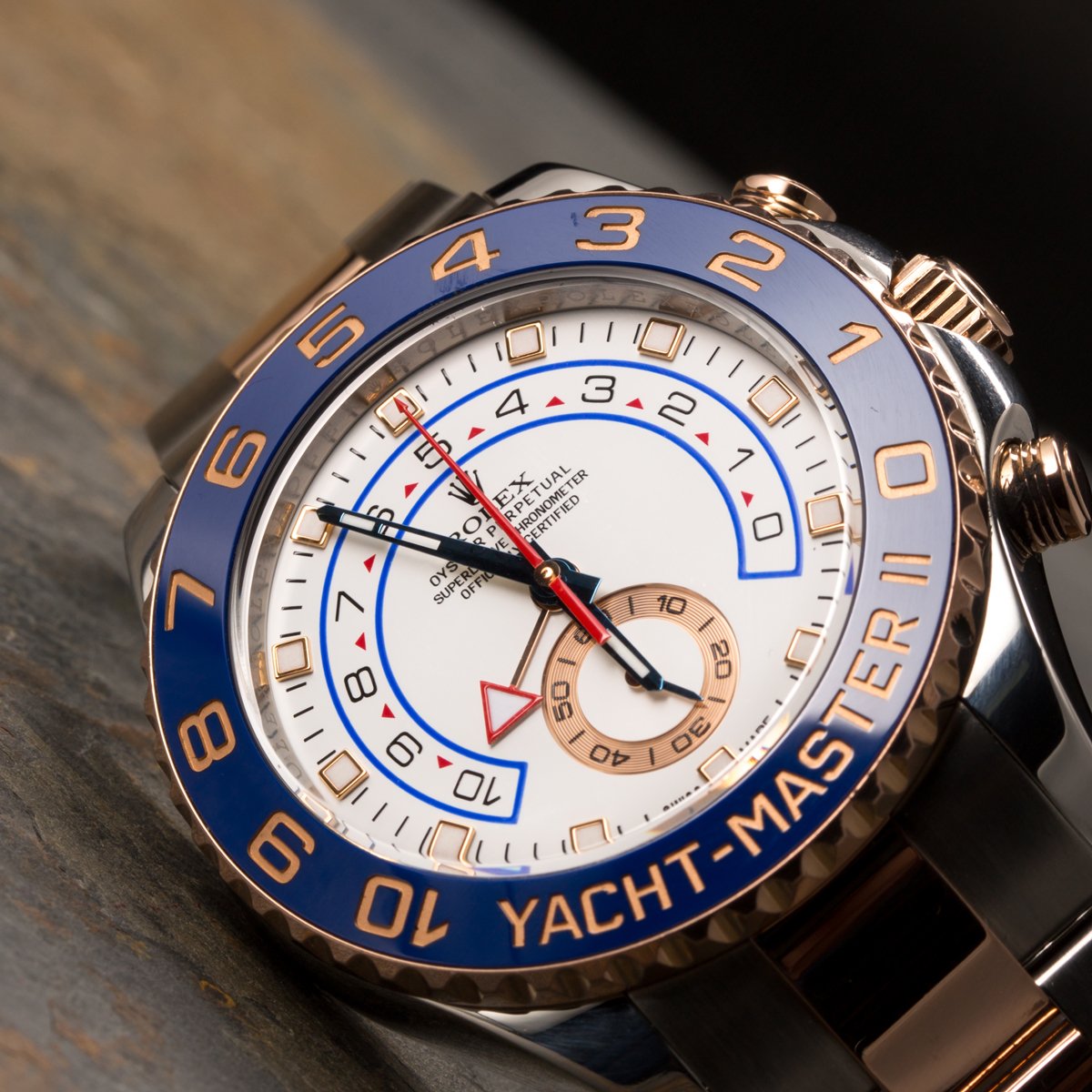
But make no mistake, the Caliber 4161 is a movement that’s deserving of recognition all its own. It powers an incredibly powerful sports watch that can time an incredibly complicated countdown of a regatta race. Essentially, the 360-component caliber is built to allow the skipper to start and reset the timer quickly and easily. The same Ring Command bezel that we saw in the Caliber 9001 is used here too, but this time to control the timing mechanisms.
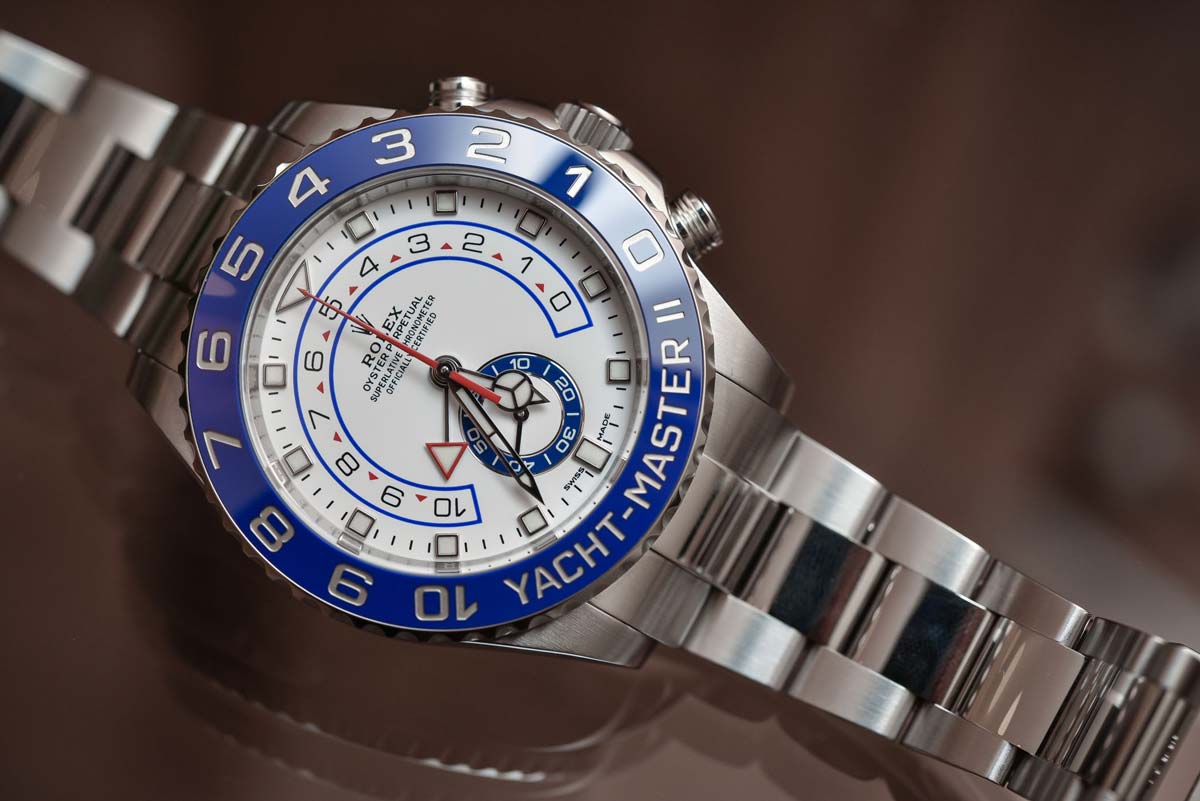
The Caliber 4161 is also accurate to within two second per day, surpassing the Swiss Official Chronometer Testing Institute (COSC) tests for precision and reliability. Word on the street is that it took some 35,000 hours to build and perfect this incredible in-house caliber – and I believe it.
Caliber 4130 – Rolex Daytona
Sharing some of the same beautiful, metal bones as the Caliber 4161, it’s no surprise the Daytona’s Caliber 4130 rounds out our list of the most complicated Rolex movements. This caliber took an incredible 5 years to make, and when it was released in 2000, it was the first completely new in-house Rolex movement in more than 50 years. Luckily it lived up to the hype, not only vastly improving upon the accuracy and reliability of the Zenith-based Caliber 4030, but also claiming a spot as one of the best mechanical chronograph movements on the planet.
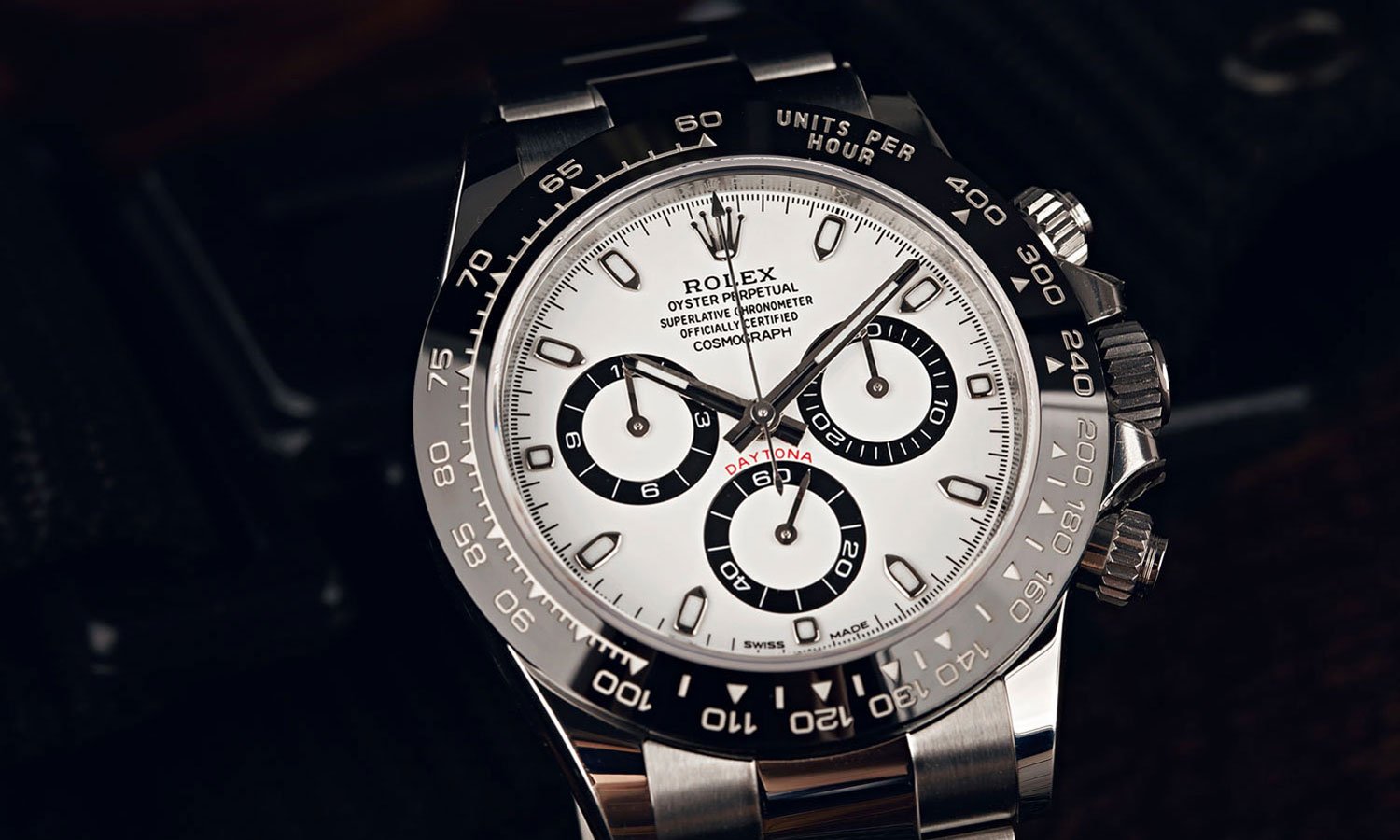
What’s special about the Caliber 4130 in the Rolex Daytona is that it does more with less. While more components usually sounds like a good thing, for a sports watch that needs to be incredibly accurate, it can slow things down – literally. Rolex used the extra space to increase the size of the balance wheel for better accuracy. They also used the space to enlarge the mainspring barrel and bring the power reserve up from 54 hours to 72 hours.
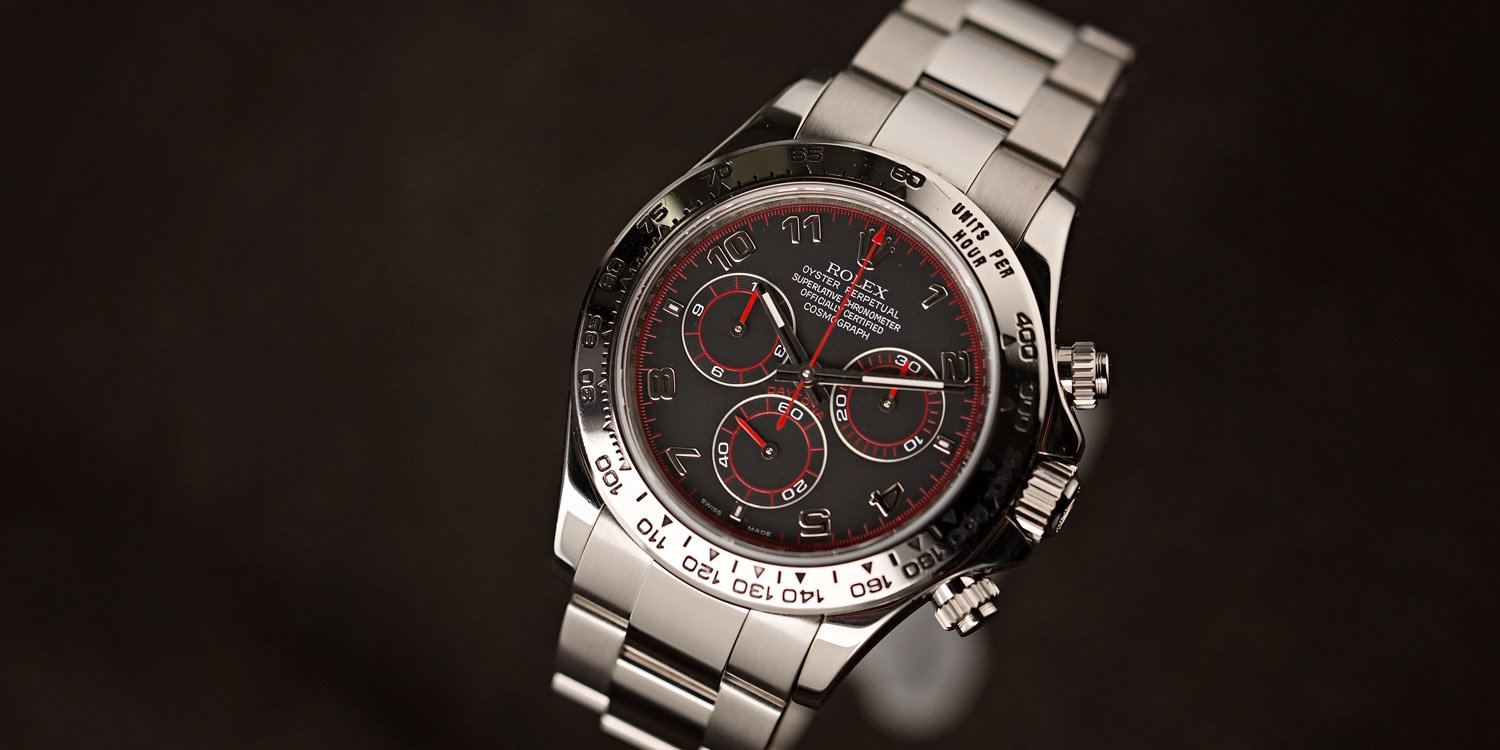
The other major innovation with the 4130 was the innovation of a vertically-coupled clutch which allows for incredibly precise start and stop actions for the chronograph seconds hand. The vertical clutch also allows the chronograph to run continuously for extended periods of time without impacting the accuracy of the rest of the caliber.
